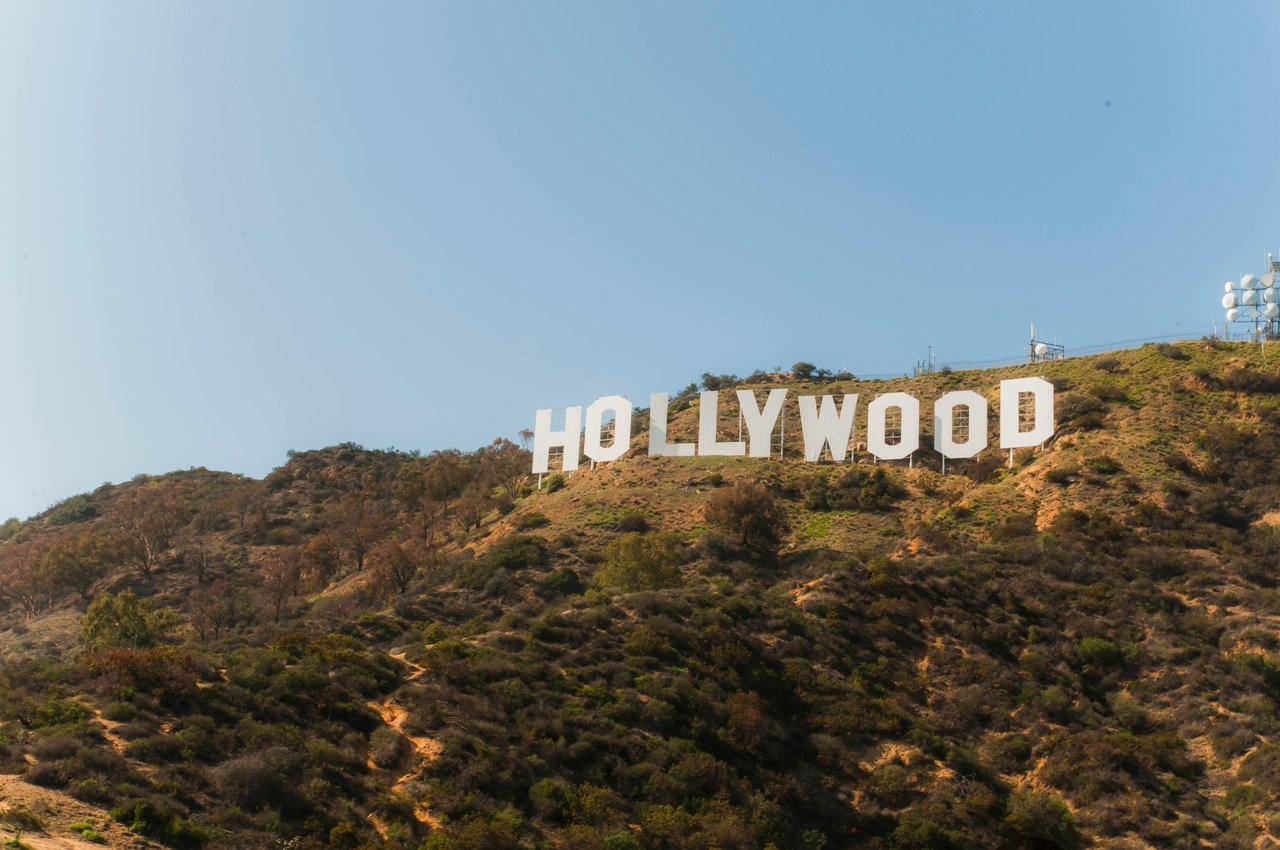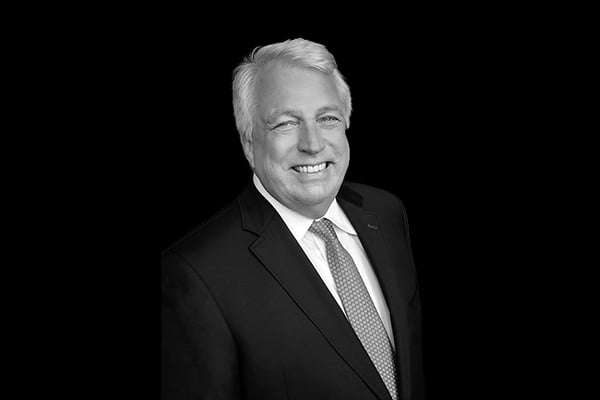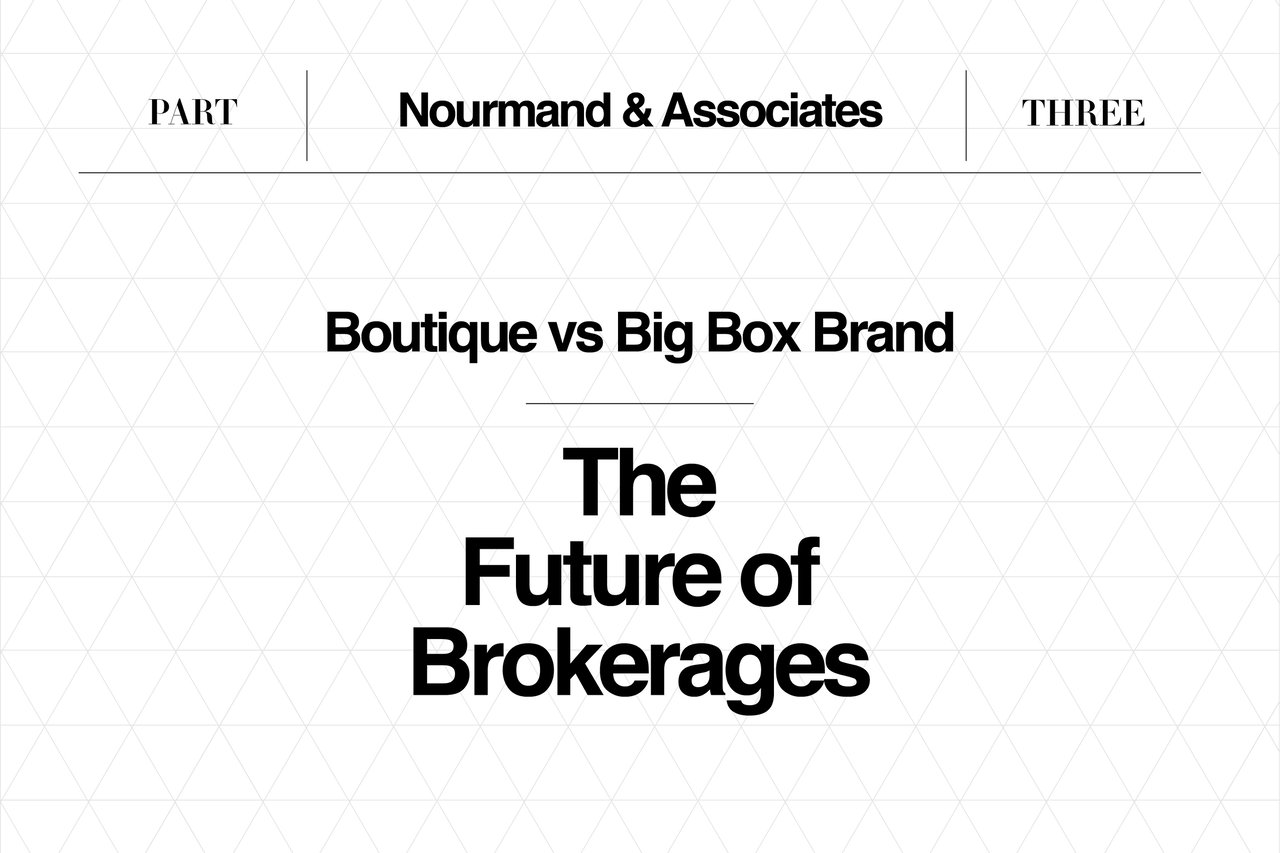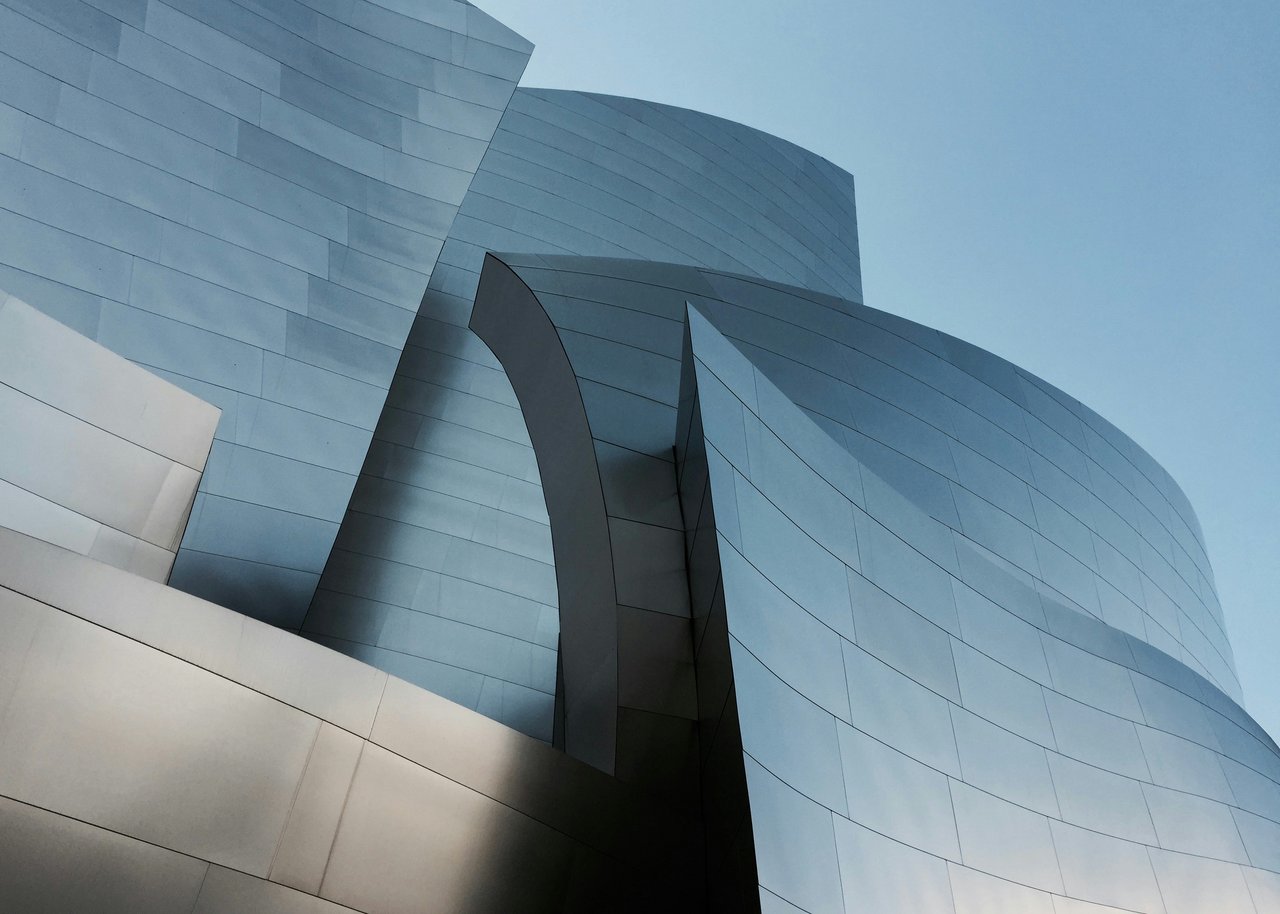LOS ANGELES — This city’s most famous landmark, a glorified billboard for an exclusionary housing development, was never supposed to last for 100 years.
The Hollywood sign marks its centennial this year — the idea of the Hollywood sign, that is, as the sign itself, like so much in the City of Angels, has been refurbished, remade, and rewritten. Still, it remains the most potent symbol of America’s dream factory, a beacon for all who come to Los Angeles seeking fame and fortune. In a place bursting with stars, the sign is the city’s most photographed subject, its image distilling all the magic of moviemaking into a single vista.
But Los Angeles, which knows how to throw a party, is in no mood to celebrate the historic milestone. These days, this company town is in sour spirits, especially when it comes to anything even remotely associated with “the industry.” Hollywood’s writers and actors have spent months on strike, highlighting the business’s unfair labor practices and the staggering sums raked in by studio bosses. The end of the writers strike in September did little to dissipate the anger.
At the same time, city leaders have concentrated civic energy on combating the homelessness crisis, rendering gauche the idea of devoting resources to the feting of an inanimate object. Plus, there is deep disagreement over how exactly Los Angeles should recognize the sign’s big year, with the most ambitious idea — illuminating it like the old days — already the subject of fierce debate.
So, for now, the sign and its boosters have been left with a minimal honor: a morning ceremony at Los Angeles City Hall on Tuesday, where council members declared it to be Hollywood Sign Day (never mind the fact that the day will always be better known by another name: Halloween).
But if the festivities are muted and the vibes are off, it is just the latest example of the Hollywood sign’s story mirroring that of the city it sits above. In their 100 years together, Hollywood the sign and Hollywood the place have shared a saga that is defined by, as the landmark’s caretaker put it, “soaring ambition, crumbling decadence and constant reinvention.”
“The Hollywood sign is important to the entire fabric of Los Angeles,” said Jeff Zarrinnam, the chairman of the Hollywood Sign Trust, which maintains the sign. “It is the symbol of Los Angeles, it is the symbol of California, it is the symbol of America. It is our Statue of Liberty.”
Los Angeles in the years before the sign’s birth bore little resemblance to today’s sprawling megalopolis. But 1923 was a boom year. It was a time of feverish construction in the city, and one of its splashiest new housing developments was known as “Hollywoodland.”
This premiere needed a marquee. And it needed to be big.
The sign’s true origin is lost to history, but one popular tale ties it to L.A.'s then (and still) burgeoning car culture. Hollywoodland funder and newspaper publisher Harry Chandler knew the value of good marketing, and he allegedly ordered up a sign so large it could be seen while driving down Wilshire Boulevard, like a giant headline atop a story yet to be written.




